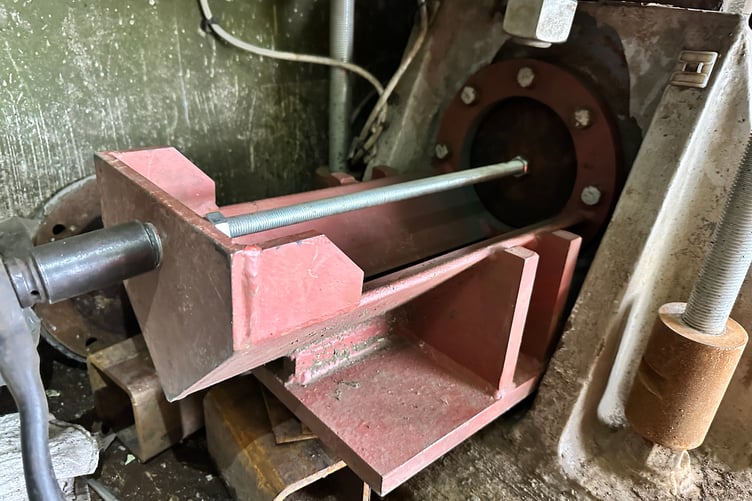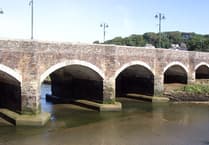The success of a ground breaking project which has trialled the use of a new method to replace the “rockers” which support the Tamar Bridge has saved more than £9 million from the costs of the scheme and significantly reduced potential disruption for bridge users.
Suspension bridge structures are designed to move with traffic and environmental conditions. The Tamar Bridge has steel rocker bearings at the ends of the bridge decks which allow a range of movement as the bridge expands and contracts. The rockers, which act as additional ‘hangers’ next to the bridge towers, support the structure of the bridge, control movements on the deck and protect the expansion joints in the carriageway.
The condition of the rocker bearings is closely monitored by the Tamar Crossings engineering team as part of the bridge’s routine inspection programme which includes inspections of the 1,340 metres of main suspension cables and vertical hanger cables, the gantries, the two giant 76 metre high concrete towers and the main deck and two side spans.
Initial signs of wear on the rocker bearings were first identified in 2007 and since then the team, led by Engineering Manager Richard Cole, has been carrying out targeted inspections to monitor the condition of the rockers.
In 2016, when it became clear that the rockers would need to be replaced within the next few years, the team began work on developing options for the highly complex scheme.
With the investigation showing that a full replacement scheme could not only cost up to £10 million, but would also present significant risks to the structure of the bridge and be very disruptive to bridge users because of the lane restrictions and bridge loading restrictions required to carry out the works, the engineering team began to investigate whether there were any viable alternative options.
In 2020 the team began working with engineering consultants to develop a localised repair scheme that would enable the original rocker arms to be retained, with just the worn rocker pins and bearing surfaces repaired or replaced using a technique known as in-line boring.
With initial work on the in-boring option showing promising results, a full scale trial was carried out earlier this year. This also proved successful.
Engineering Manager Richard Cole explained: “This has been a very complex project which has involved a huge amount of work and taken a considerable amount of time
“The success of the trial means that we can confidently use this alternative method for future repairs rather than the significantly more expensive full rocker replacement option, saving £9.5 million and greatly reducing the impact on service delivery and potential risks to the structure of the bridge."





Comments
This article has no comments yet. Be the first to leave a comment.